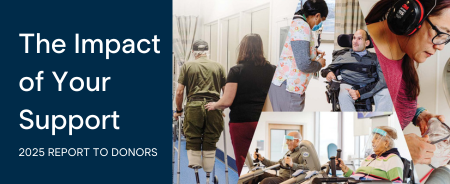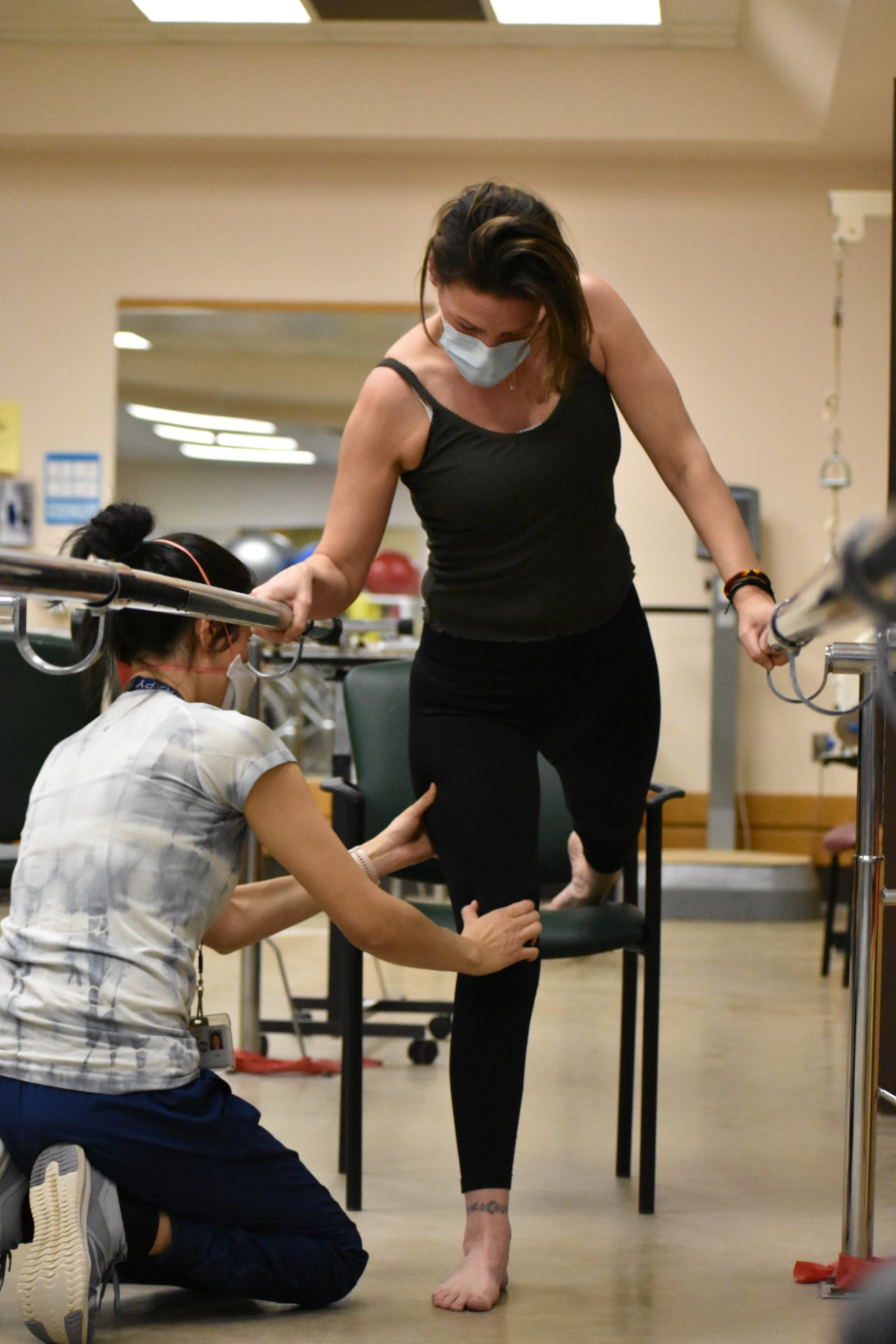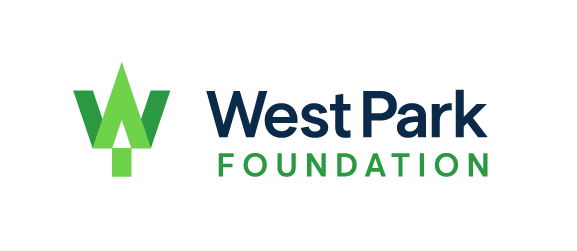
The ear is the road to the heart
The ear is the road to the heart – Irish proverb
By Doug Earle, CEO, West Park Foundation
Irish playwright and Nobel Laureate George Bernard Shaw wisely observed that “the single biggest problem in communication is the illusion that it has
taken place.”
Communication is more than just words. Beyond tone and body language, communication is far more complex than just a verbal exchange. And sometimes, the most powerful communication can happen in the absence of the spoken word.
Through different media, and sometimes in silence, communication’s ultimate goal is simple. It is to deliver a message that is understood.
But first, we need to listen.
It is the art of listening, this elusive, yet essential ingredient, which has been elevated to new heights at UHN’s West Park in the Augmentative and Alternative Communication (AAC) clinic with transformative effect, giving voice to those who are unable to communicate using the spoken word.
AAC is an umbrella term that covers communication methods beyond spoken language. It can be used to support or even replace verbal speech, depending on the individual’s needs and goals. From simple gestures and pictures to high-tech speech-generating devices, AAC offers a personalized solution for each client.
Lori Shaw, Speech Language Pathologist and Clinical Coordinator at West Park, best describes it: “It’s about listening to our clients and understanding their needs. Who are they trying to communicate with? What are they trying to say? And then it’s about figuring out what works in each situation.”
Thanks to the advances in AAC, West Park’s clients with neurological and neurodegenerative disorders or congenital physical disabilities can now be heard. Using methods that either supplement or replace an individual’s speech and/or writing, AAC techniques or devices can be used to enhance participation in important life activities.
AAC client Kerr Wattie says, “AAC makes life worth living. It’s central to my well-being. It’s the only way for people to get to know who I am and what’s important to me and for me to understand and be understood.”
Thirteen years ago, Steve Arscott was diagnosed with ALS. A graphic designer by training, Steve finds it next to impossible to communicate without AAC. However, with AAC tools such as Pocket Talker, Click2Speak and a head-tracking camera, Steve has mastered eye-gaze and head movement technology which allows him to produce the most amazing artwork.

When asked what others can do to make conversations easier for him, he says, “Just take the extra time to try and understand what I am saying. Let me finish my thought.”
Most of our efforts to develop communication skills relate to reading, writing and speaking. But little effort is placed on developing our ability to really hear the other person’s perspective. And letting the other person finish.
Just because you say something, it doesn’t mean the other person has understood. And just because someone with ALS or cerebral palsy has difficulty in speaking, it doesn’t mean they don’t have something important to say.
We just need to listen.



